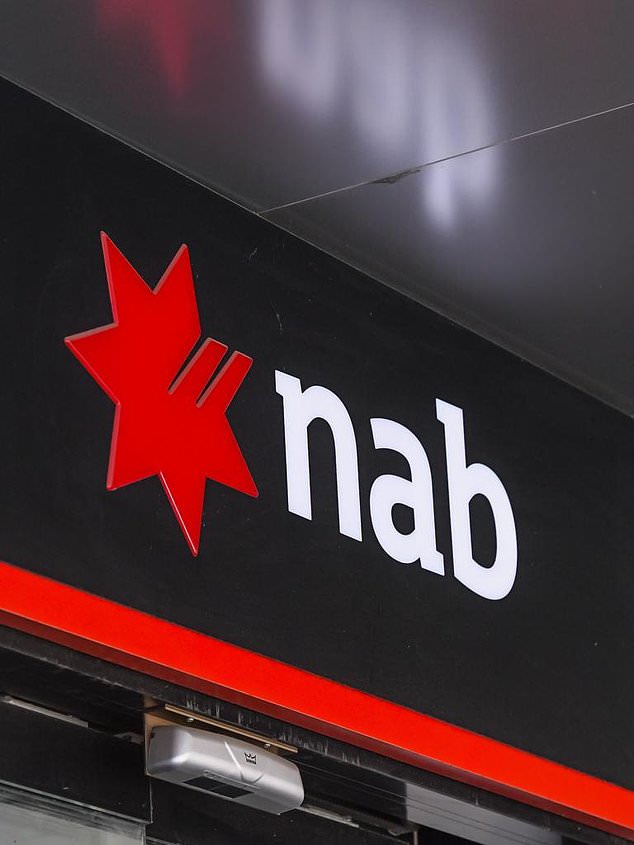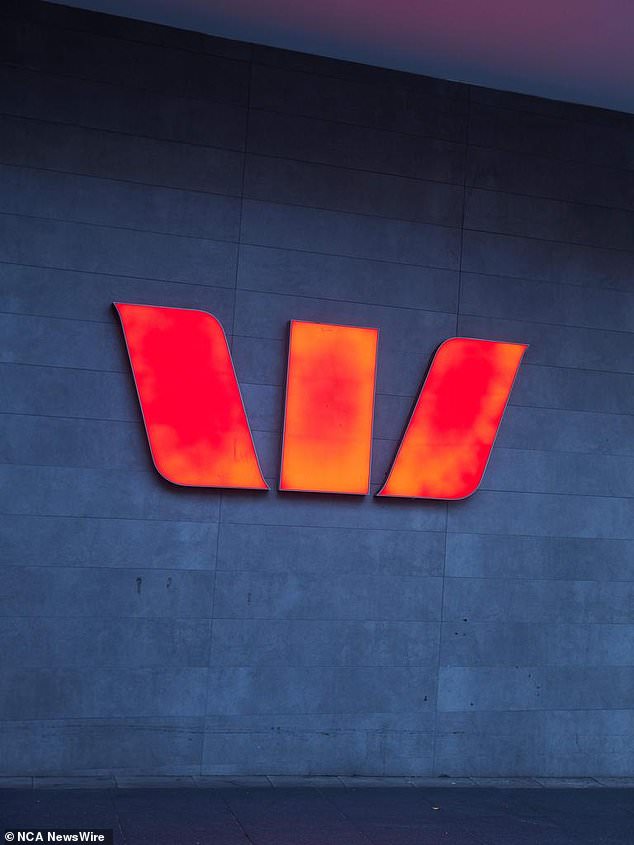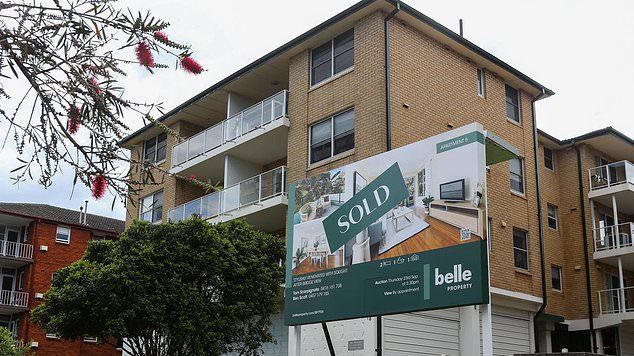NAB chief economist Alan Oster’s chilling warning for mortgage-holders in Australia – but there’s a ray of hope at the end of next year
NAB has hiked its fixed interest rates just hours after its chief economist issued a chilling warning of another rate hike in 2024.
Alan Ooster said he expected rates to peak early in the new year before slowly falling from November 2024.
“We have another rate hike… for early next year,” Alan Oster told a NAB podcast after the bank released updated economic forecasts on Tuesday showing cash rates rising to 4.6 percent in February.
‘I don’t think the Reserve Bank is eager to raise rates, but on the balance of probabilities they probably will… It means rates will stay higher for longer – we’ve moved the rate cuts from August to November . .’
Mr Oster added that if the RBA were to move to ease monetary policy, it would do so slowly.
NAB Group Chief Economist Alan Oster predicts another rate hike early next year, with some relief for mortgage holders later in 2024
“Let’s say 25 basis points per quarter, which means we won’t get back to the neutral rate of around 3 percent until early 2026.”
NAB joins Westpac, the Commonwealth Bank and a growing number of lenders in raising fixed rates as mortgage holders move away from the ultra-competitive approach taken during the pandemic to attract customers.
Results from both banks earlier this month showed profits fell in the September quarter, with analysts warning of further pressure in coming years, while increasing home lending competition reduced mortgage margins.
On Friday, NAB announced it would increase its fixed rate mortgages for both owner-occupiers and investors, with some interest rates rising by up to 0.25 percentage points.
Westpac will increase its fixed rate by up to 0.2 percentage points while simultaneously increasing the interest rate on its base variable mortgage by 0.1 percentage points.
The increases in fixed interest rates will apply to lenders who pay both principal and interest, and interest only. It will not affect customers paying existing fixed-rate loans, but only new ones.
All four major banks, with the exception of ANZ, have increased some of their fixed mortgage rates following the Reserve Bank’s decision to increase the cash rate to 4.35 percent on November 7.
Last week, the country’s largest private lender, the Commonwealth Bank, increased the interest rate on its three-year mortgage for investors and homeowners by 0.3 percentage points, effective November 17.
Traditionally, fixed interest rates have made up only a small portion of the Australian home loan market, with the vast majority of Australian borrowers holding variable rate loans.

On Friday, NAB announced it would increase its fixed rate mortgages for both owner-occupiers and investors, with some interest rates rising by up to 0.25 percentage points.

Westpac will increase its fixed rate by up to 0.2 percentage points while simultaneously increasing the interest rate on its base variable mortgage by 0.1 percentage points.
However, during the pandemic, fixed interest rates fell to less than 2 percent per year for many customers, causing fixed lending to boom.
Competition among banks for fixed-rate loans has decreased significantly.
While a record 46 per cent of new and refinanced loans were purchased in 2021, this figure has fallen to just 4 per cent, according to the Australian Bureau of Statistics.
RateCity research director Sally Tindall said the moves by Westpac and NAB reflected pressure on banks’ profit margins in their mortgage portfolio.
“The home loan market has been flooded with rate hikes over the past month as banks have moved their fixed interest rates to higher levels,” Tindall said.

RateCity research director Sally Tindall said Westpac and NAB’s moves reflected pressure on banks’ profit margins in their mortgage portfolio
“With another cash rate hike potentially on the horizon, and growing expectations that financing costs will remain high well into 2024, banks are racing to raise fixed rates.”
Ms Tindall said that in the past month alone, 60 lenders had increased at least one of their fixed interest rates.
‘This is probably a safety strategy of the banks. The last thing they want is to be caught underpricing their fixed-rate loans,” she says.
